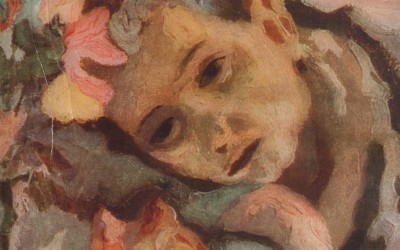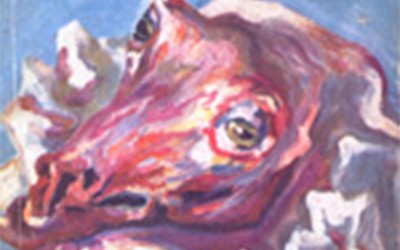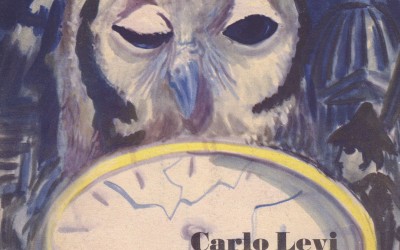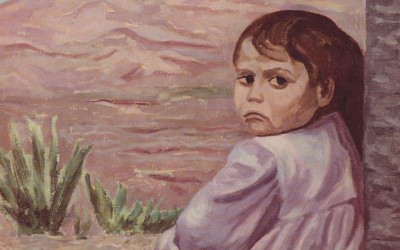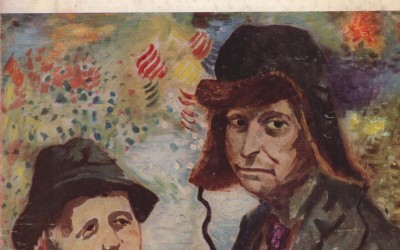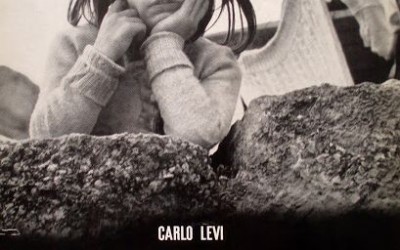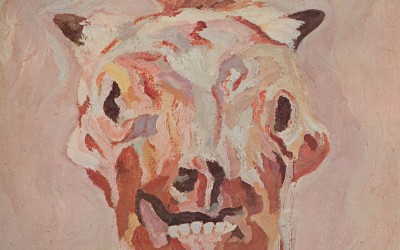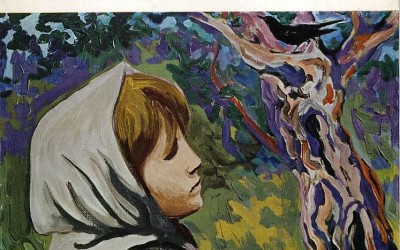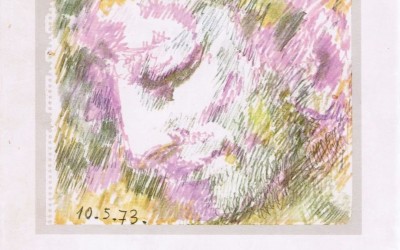Works
such as “Cristo si è fermato a Eboli” and “L’Orologio” were born.
Cristo si è fermato ad Eboli
It was written in Florence between December 1943 and July 1944, during the German occupation, and published by Einaudi publishing house by September 1945. It was immediately a great success and aroused debates and reflections on the relationship between peasant civilisation and modernisation. The book represents for Italian literature one of the masterpieces and, in Carlo Levi’s life, the beginning of his writing activity.
Paura della libertà
As defined by Italo Calvino, it is the “book that must be the starting point for any discussion of Carlo Levi as a writer”… “an unusual kind of book in our literature, intended to propose the broad outlines of a conception of the world, a reinterpretation of history”. Even though it was written at the end of 1939, while the beginning of Second World War was raging and Levi was exiled in France, the book was not published until 1946. In the preface to the first edition…
L’Orologio
“At night, in Rome, it seems you can hear lions roaring. There is an indistinct murmur, and that is the city breathing, amidst its dark domes and the distant hills, in shadow that glistens here and there; and every so often, the raucous noise of sirens, as if the sea were nearby, and ships were setting sail from the harbor for unknown horizons. And then there is that sound, both lovely and savage, cruel but not devoid of an odd sweetness, the roaring of lions, in the nocturnal desert of houses”.
Le parole sono pietre. Tre giornate in Sicilia
It is the diary of three trips made by the author in the lands of Sicily between 1952 and 1955. With this book, a new literary vein opens up in Levi’s production (even if he had already demonstrated it in his articles published in La Stampa and L’Illustrazione italiana), that of reportage.
Le parole sono pietre, published in 1955, is a harsh account of the backwardness of Sicilian farmers …
Il futuro ha un cuore antico. Viaggio nell’Unione Sovietica
Second travel book by Carlo Levi, published in 1956. This time it is the journalistic account of the trip made between 17 October and 19 November 1955 in the Soviet capital, Leningrad, Kiev, Armenia and Georgia.
Un volto che ci somiglia. Ritratto dell’Italia
It is not a novel, but an essay written by Levi to complement a volume of black and white photographs, by János Reismann. The title, Un volto che ci somiglia, has been translated into German and published in 1959 by Belser, an editor of Stuttgart.
La doppia notte dei tigli
Published in 1959, the book recounts the sensations of his post-war journey to Germany. It is named after a verse of Goethe’s Faust, which tells of the guardian of the tower that scrutinizes and sees down overnight fires and signs of massacre everywhere “durch den Linden Doppelnacht” (“for the double night of linden trees”).
Tutto il miele è finito
Last travel story published in 1964, that time dedicated to Sardinia. Carlo Levi visited the island two times, ten years apart, in May 1952 and December 1962. The reflections that the author transcribes in his travel diary tell of a land with its myths and archetypes
Quaderno a cancelli
It is the last written piece left by the Turinese author, composed during his state of partial blindness. Carlo Levi was struck, at the end of 1972, by a retinal detachment that caused him temporary blindness and several eye surgeries. From this dramatic experience Quaderno a cancelli was born, published posthumously in 1979 and defined by Giovanni Russo as “Carlo Levi’s secret book”.

